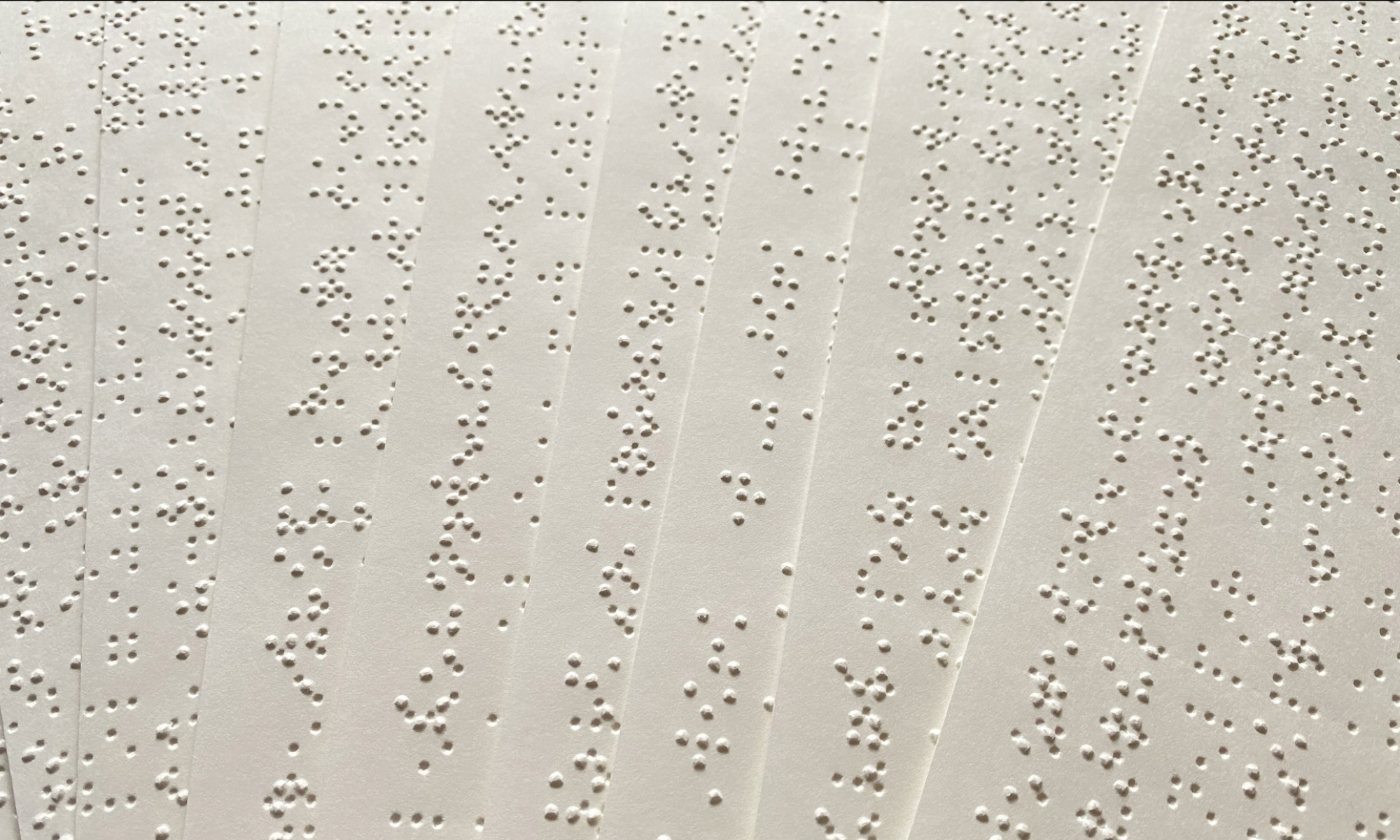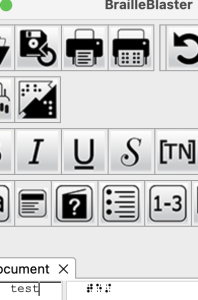This week, I spent most of my time debugging the Arduino code to successfully be able to emboss braille up to specs, adding other hardware components to the device, and also spent a significant amount of time finalizing the full pipeline with Joshna. My primary accomplishments for this week include setting up the code to control the LDR and LED, finalizing the code for the solenoid and motor control to enable embossing, creating the rigid surface for the solenoids to emboss against, setting up a speaker to provide cues to the user, securing the tension of the solenoids, and working with Joshna to finalize the full pipeline.
In addition to work on the hardware components, I created both the poster for the final demo and the slide deck for the final presentation, and practiced for my presentation.
To set up the code to control the LDR, I worked with Becky to determine a threshold for which the photoresistor was sensitive to light. Then I used that threshold and calculated the specific distance the roller should move to place the paper in the proper location.
For the solenoid and motor code, I spent a considerable amount of time testing different distances between the solenoids and the two motors to create the optimal braille output. This took some more time than expected because there were issues with power supplies and motor drivers.
I also worked to finalized some of the variables for the tension of the system. I contributed to creating the rigid surface and securing the embossing styluses attached to the solenoids. I also incorporated a speaker to provide cues to the user.
Finally, I worked with Joshna on Saturday to test the full pipeline with integration, ensuring the RPi was properly sending signals to the Arduino to emboss the paper.


